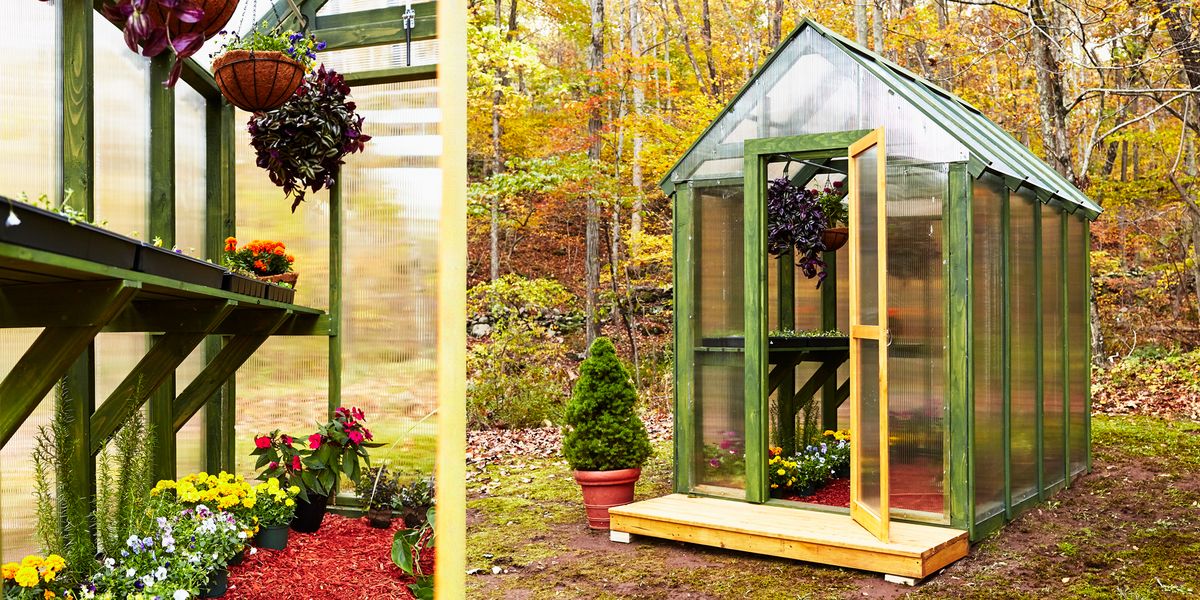Clarifying Top Quality: Monarch Greenhouse Sheds Utah Exceptional Layouts
Wiki Article
The Future of Greenhouses: Advancements in Sustainable Farming
Are you interested about the future of greenhouses and just how they are changing sustainable farming? From advanced environment control systems to vertical farming methods, water-efficient irrigation techniques, eco-friendly power assimilation, and smart data analytics, these developments are transforming the method we grow our food.Advanced Climate Control Systems
To achieve optimal growing conditions, you can rely on the advancements in greenhouses with advanced environment control systems. These systems have actually revolutionized the means we grow plants, giving a regulated atmosphere that is conducive to plant growth. With these cutting-edge systems, you can currently adjust temperature level, humidity, light levels, and even carbon dioxide focus to produce the ideal conditions for your plants to thrive.One of the vital attributes of these innovative environment control systems is their capacity to control temperature level. By making use of sensors and automated controls, the greenhouse can adjust the temperature level based upon the details demands of the plants. This ensures that they are never revealed to severe warm or chilly, which can be damaging to their development.
Humidity control is another important element of these systems. By keeping the suitable humidity levels, you can protect against concerns such as mold and mildew, mildew, and disease from affecting your crops. These systems can additionally manage the quantity of light that gets to the plants, guaranteeing that they receive the optimum amount for photosynthesis.
Furthermore, advanced climate control systems can even manipulate carbon dioxide concentrations. By raising the levels of carbon dioxide in the greenhouse, you can improve plant development and productivity. This is specifically helpful in areas with low all-natural CO2 degrees.
Vertical Farming Methods
One crucial upright farming strategy is using stacked expanding systems. Stacked growing systems are frequently made use of in urban areas where space is limited.One prominent approach is referred to as vertical hydroponics, where plants are expanded in nutrient-rich water without dirt. This technique is extremely efficient as it minimizes water usage by approximately 90% compared to traditional farming approaches. Furthermore, since the plants are grown inside, they are secured from conditions and pests, reducing the requirement for chemicals.
An additional technique is aeroponics, which includes putting on hold the plant origins in a mist or air atmosphere. This method enables optimal nutrient absorption and oxygenation, resulting in faster growth and greater returns. Aeroponics likewise uses less water than traditional farming and can be implemented in upright systems, making it a preferred selection for upright farming.
Water-efficient Irrigation Methods
Maximizing water preservation is essential when it concerns executing water-efficient irrigation methods in lasting agriculture. With worldwide water scarcity coming to be a pressing concern, it is vital to establish innovative strategies that enhance water use in greenhouse procedures.One appealing method is drip watering, which provides water straight to the plant roots, decreasing waste and dissipation. By using a network of tubes with tiny emitters, water is applied gradually and exactly, guaranteeing that plants obtain the required dampness without excess overflow.
Another reliable technique is making use of dirt wetness sensing units. These gadgets gauge the wetness content in the soil and provide real-time data to farmers. By keeping track of the dirt's moisture degrees, farmers can accurately figure out when and just how much water to use, avoiding over-irrigation.
Moreover, the implementation of rain harvesting systems is getting popularity in greenhouse farming. Gathering rainwater from roofs and keeping it in tanks permits farmers to utilize this natural deposit for irrigation objectives, decreasing reliance on standard water sources.
Lastly, the fostering of automated irrigation systems can significantly enhance water efficiency. These systems make use of sensors to detect soil moisture degrees and weather conditions, readjusting irrigation schedules as necessary. By optimizing water usage based upon actual plant demands, these systems can reduce water waste and advertise lasting farming methods.
Renewable Resource Combination
Renewable energy assimilation in greenhouses supplies a number of benefits, including reduced running prices and reduced reliance on non-renewable energy resources. The produced power can then be used to run various procedures within the greenhouse, such as heating, air flow, and illumination systems. These turbines harness wind power and convert it into electricity, which can his explanation be made use of to supplement the power needs of the greenhouse.Smart Data Analytics and Automation
To enhance the performance of your greenhouse operations and enhance resource usage, take into consideration applying smart information analytics and automation. Smart data analytics includes accumulating and examining information from different sensing units and tools within your greenhouse. By keeping an eye on aspects such as temperature level, humidity, light levels, and soil moisture, you can obtain beneficial insights right into the wellness and development of your plants. This data can assist you make notified decisions about readjusting ecological problems, optimizing watering routines, and preventing potential issues before they occur.
This can include automating the control of illumination, visit here air flow, irrigation systems, and nutrient distribution. By automating these procedures, you can make certain that your plants obtain the best problems and nutrients at the right time, without the requirement for continuous hands-on treatment.
Additionally, clever data analytics and automation can collaborate synergistically. The information gathered by sensors can be utilized to inform automated systems, allowing them to make real-time changes based on the current conditions. This integration of data analytics and automation can bring about a lot more specific and reliable resource allotment, eventually causing higher yields and better plant top quality.
Final Thought
In final thought, the future of greenhouses in sustainable farming looks appealing. With sophisticated environment control systems, upright farming strategies, water-efficient watering techniques, and eco-friendly power assimilation, greenhouses are ending up being much more eco pleasant and efficient.:max_bytes(150000):strip_icc()/SPR-HOME-6-best-greenhouses-4157678-01-08afeecb96714335891b91534228fd26.jpg)
By maximizing water usage based on actual plant requirements, these systems can minimize water waste and advertise lasting farming techniques.

Report this wiki page